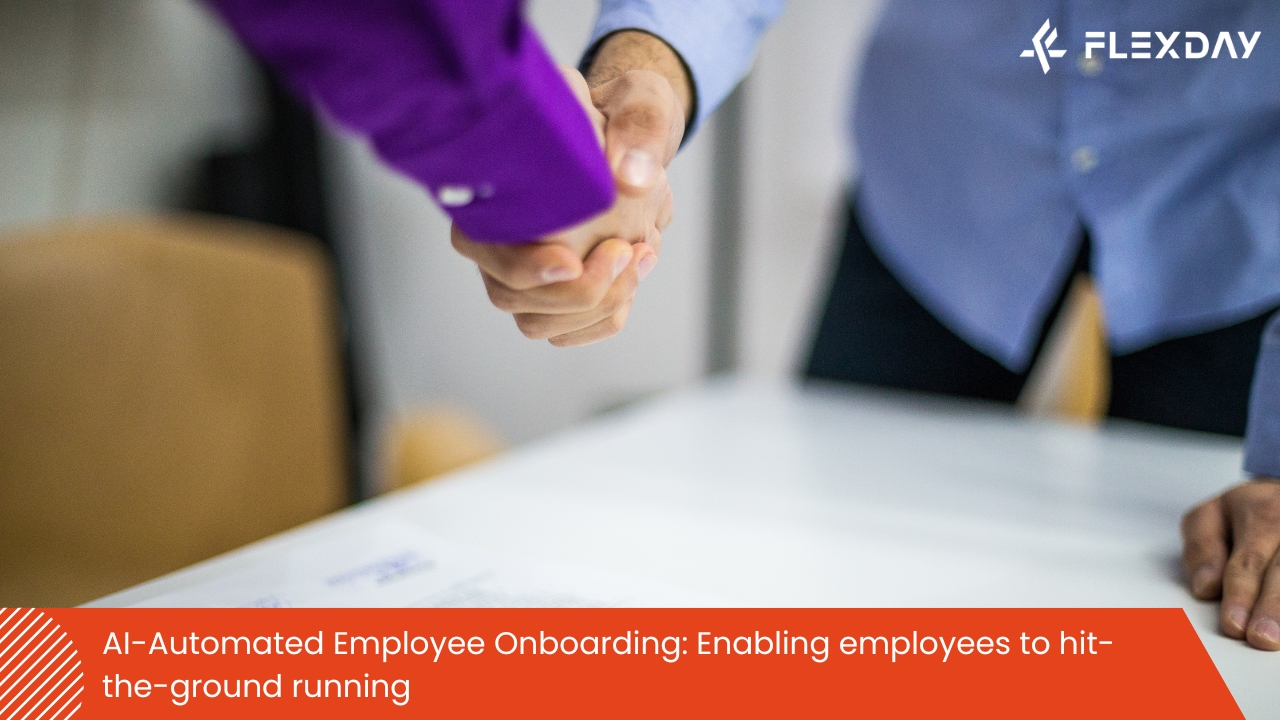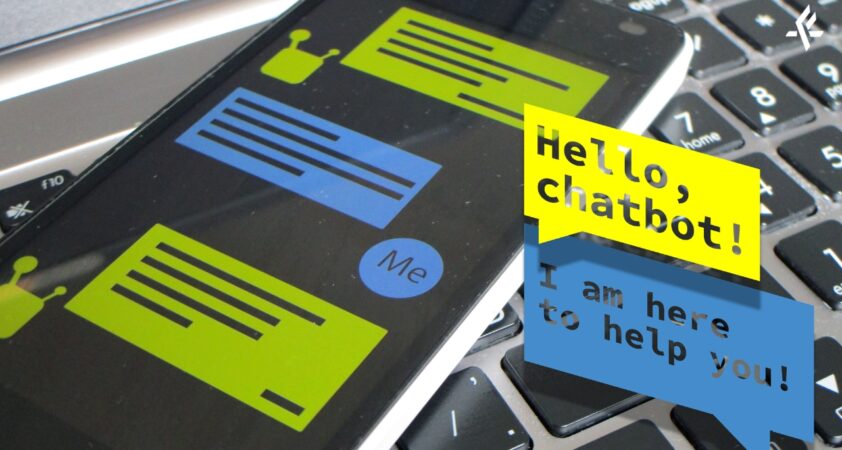AI-Automated Employee Onboarding: Enabling employees to hit-the-ground running

Enterprise HR is discovering that by using AI to automate much of the employee onboarding process, HR can devote more of its time to higher-level tasks.
In essence, the automated process saves significant time and energy over antiquated systems, which too often involve significant paper shuffling, seemingly endless calls, endless manually sent emails — and many face-to-face meetings that can be better handled online.
Early adopters of AI-powered onboarding also report that new employees are generally much more impressed with an organization that has taken the time to streamline and automate much of the onboarding process — enabling them to get in the swing of things much more quickly.

They also say automated onboarding results in fewer errors, given that much of the communication is taking place between machines. Such communication is less prone to missteps, mistakes and other human errors — such as forgetting to notify one or more departments in a timely manner that a new employee is onboard.
And HR users note that overall, automated onboarding triggers higher employee satisfaction with a company over the long term — and significantly reduced employee loss.
While employee onboarding may seem to involve little more than handing out a few information packets and securing a few signatures here and there, those in HR know better.
They realize that using AI to automate the onboarding process enables HR to eschew a spectrum of mundane tasks that — taken together — results in significant, measurable new efficiencies for the department.

Consider, for example, many of the mundane facets of the employee onboarding process that AI is automating for early adopters:
*Automated Welcome Email: Instead of handing each new employee a fistful of paper, AI automatically sends each new worker an email that welcomes them to the company, confirms that they’ve already been signed up for payroll and benefits, informs them about vacation time and company observed holidays and offers them an in-depth, quick study on the company’s culture.
*Automated Training Info: Often tweaked by managers, automated welcome emails also often include links to helpful videos and docs that offer employees tutorials and training for the specific role they’ve been hired to fill.
*Automated Initial Meeting Scheduling: Virtually every new employee has a number of people to meet right away, and AI shines in the automation of this process. It auto-checks with colleagues and managers regarding the best times to meet with the new employee — and then auto-schedules meetings with these people for the new employee.
This automated pre-scheduling of meetings alone has made countless fans of automated onboarding in HR. Imagine: New employees can be emailed a confirmed list of all the necessary face-to-face or video meetings to put together during their first few weeks on the job — long before they even walk through the company’s doors for the first time.
*Automated Data Transfer: With AI onboarding, employees often also need only enter their key data once into the system — rather than filling out endless forms, department by department. From there, the AI is smart enough to know what department gets what data — and when.
*Automated Digital Introductions: Instead of forcing employees to manually sign-up up for access to company knowledgebases, wikis, internal messaging systems, video meeting software and the like on day one, AI can automatically issue IDs and temporary passwords to all of these digital meeting places.
That saves hours of mundane work for the new employee. And it also potentially saves untold numbers of calls to IT for tech support help on such sign-ups.
*Automated Transfer of Key Documents and Procedures: Instead of issuing a two-inch thick company backgrounder — which in the end will probably be used only as a doorstop — AI also automatically emails links to a new employee of legal matters they need to know about. That includes legal takes on company policies, industry regulations and compliance rules that employees need to follow to stay on the right side of the law.
*Automated Personal Intros to Teams and Key Players: Sure, new employees will be meeting all sorts of new people during their first few weeks on the job. But AI can make that process much smoother by sending them backgrounders on the key players they’ll be working with, the histories of the teams they’ll be working on — and the calendars and updates their teams are currently using to meet team goals.
*Automated HR Chatbots That Work: Although many company departments — including those that interface directly with customers — feel they’ve been burned by the unfulfilled promises of first-generation chatbots, the technology is improving.

Automated HR chatbots can be powerful tools in the onboarding of employees, offering them a way to get the answers that they may not find in their initial welcome materials.
Moreover, automated HR chatbots are also perfect for enabling new employees to ask about something they know they’ve probably already heard — without feeling like they’re bothering a team member.
The only caveat here: Before any HR chatbot is released for general use in employee onboarding, it truly must be put through its paces. And it absolutely must be perceived as an authentic aid by new employees — rather than a question deflector that ultimately works more like a brick wall.
Bottom line: As with many AI software genres, cherry-picking the best AI onboarding solution that’s the right fit for your HR department involves considerable knowledge and experience in AI. That’s a challenge best handled with the help of a seasoned, proven AI consultant, who can recommend a number of options — including a custom-built alternative.